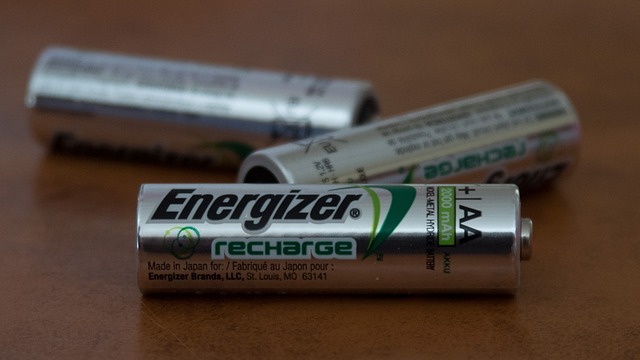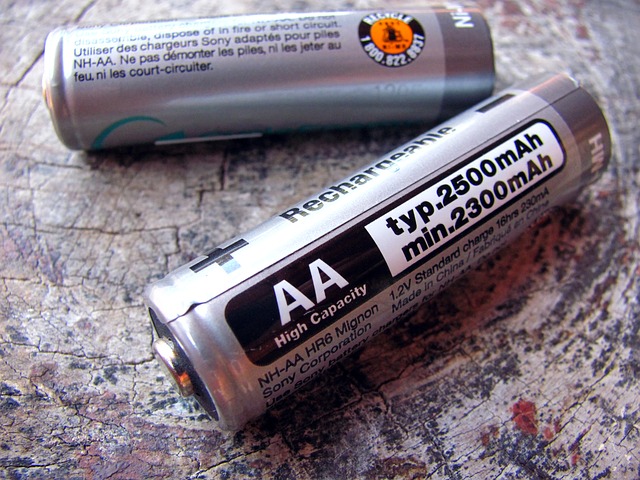Comparison Graphene Battery VS Lithium Battery
Oct 29, 2019 Pageview:1819
With the improvement in technology, over the past decade, technological devices such as telephones, televisions, and computers have improved greatly. Our homes and cars have also become "smarter" than they used to be. That's why we have become even more dependent on our various energy sources to provide us with the required power needed to power our devices. In the area of providing power for everyone, on top of the list is lithium-ion batteries. However, the scenario seems to be changing. There is now the application of graphene technology and batteries on a broader scale to also store power like lithium-ion is storing.
Unlike the other types of batteries, the lithium-ion battery has a very low weight and provides the highest voltage with the highest energy density. Lithium-ion batteries are also the most popular source of energy in consumer electronics because of their long service life.
Although it has many advantages, the disadvantages it has cannot and should not be overlooked. Due to their large capacity, lithium-ion batteries can pose a threat to safety. When durability is also a cause for concern, they are not also as durable as others, they may not be over expensive, but their price should be cheaper than it already is. And then, they can also be over-discharged or overcharged depending on the case and this affects performance over time. Transportation issues are also a problem that lithium-ion batteries bring because lithium-ion batteries pose a risk for shipping. The reason why these are being highlighted is that these are challenges that can and should be addressed. So is there a better option at the moment? Let’s talk about Graphene batteries.
Do graphene batteries use lithium?
We know that graphite is an electrical conductor and is useful in many applications such as arc lamp electrodes. Graphene can conduct electricity because of the strong presence of electrons in the carbon layers (this is a phenomenon called aromaticity). These are valence electrons that are free to move in other to conduct electricity. But then, the electricity is conducted mainly in the plain of the layers. The properties of conduction of powder graphite also allow it to be used as a pressure sensor in carbon microphones.
A large majority of lithium-ion batteries make use of graphite powder as their anode material. The graphite materials are produced synthetically (artificial graphite) or are mined from the earth (natural graphite), then they are subjected to intensive treatment or processing before they are baked into a copper sheet in the form of the anode. Graphite anodes have been known to meet the various voltage requirements of most common lithium-ion cathodes. They are relatively cheap, very light, and are porous and durable.
Technology explanation of graphene battery and lithium battery
Batteries based on Graphene are currently under study for various commercial applications. The improved performance and the admirable life cycle benefits of the graphene-based battery compared to the conventional metal ion batteries are worth every time and penny spent in studying it.
Graphene is a layer of bonded carbon atoms in a form of a honeycomb-patterned lattice, and is known as a "wonder material". This is because of the numerous amazing properties it has. It is a powerful conductor of thermal and electrical energy. Graphene is extremely light, chemically inert and also flexible. But that is not all, Graphene also has a large surface area. It has also been considered to be environmentally friendly and as such sustainable, with unlimited possibilities for many applications.
In the study of batteries, electrode materials for conventional batteries (and the prospective ones) have improved considerably with the introduction of graphene. A graphene battery is usually lightweight and can store high capacity energy. They also charge fast, so they are known to reduce recharge times. This prolongs the life of the battery, negatively affecting the amount of carbon deposited or added to the electrodes to ensure conductivity, and graphene increases conductivity without adding anything to the amount of carbon used as in the conventional batteries.
An introduction of graphenes to batteries can improve the properties of the battery, such as its density and energy form, and this it does in different ways. Lithium-ion batteries (and the other types of rechargeable batteries) can be improved by introducing graphene into the battery anode and using the conductivity of the material and a large area for optimization and morphological performance.
Graphene adds a high surface area to battery cathodes and anodes. It allows you to store more energy and also increase the amount of energy that can be retained by the battery, thereby reducing the loss of energy.
Will graphene batteries overtake lithium battery
Since there are so many uses for graphene, a lot of times, we are asked if the technology will overtake lithium-ion batteries in the future.
You may think of this technology, for instance like the GSM or mobile device of batteries for the future. Can you imagine how Graphene can bring about a fully flexible mobile phone by just by enabling manufacturers to make flexible graphene batteries, which can, in turn, enable them to make flexible mobile device displays and flexible circuits. When you think of portable devices, graphene batteries can be incorporated into the fabrics people wear, this helps you change how you interact with the environment. this is made even more promising since it allows you to have sensors on your body or skin, which could help you read important body signs. It goes without saying graphene will be great for the medical lab too.
Another important application of graphene technology is in the powering of high-speed internet devices. These devices consume a lot of energy and require something more than just lithium-ion batteries to power them. So if you want this application, you may want graphene technology.
At the moment, the production of graphene batteries does not make it possible that they can overtake lithium-ion batteries. This is because, even though graphene batteries have shown serious promise, there is still a lot of work to do to be able to produce them in large quantities for the public.
Cost is another problem which can mitigate against the use of Graphene batteries on a broader scale, they are more expensive to produce than lithium-ion batteries.
- Prev Article: Universal Lithium Ion Battery Charger
- Next Article: Hydrogen VS Lithium Batteries
Leave Message
Hottest Categories
-
Hottest Industry News
-
Latest Industry News











